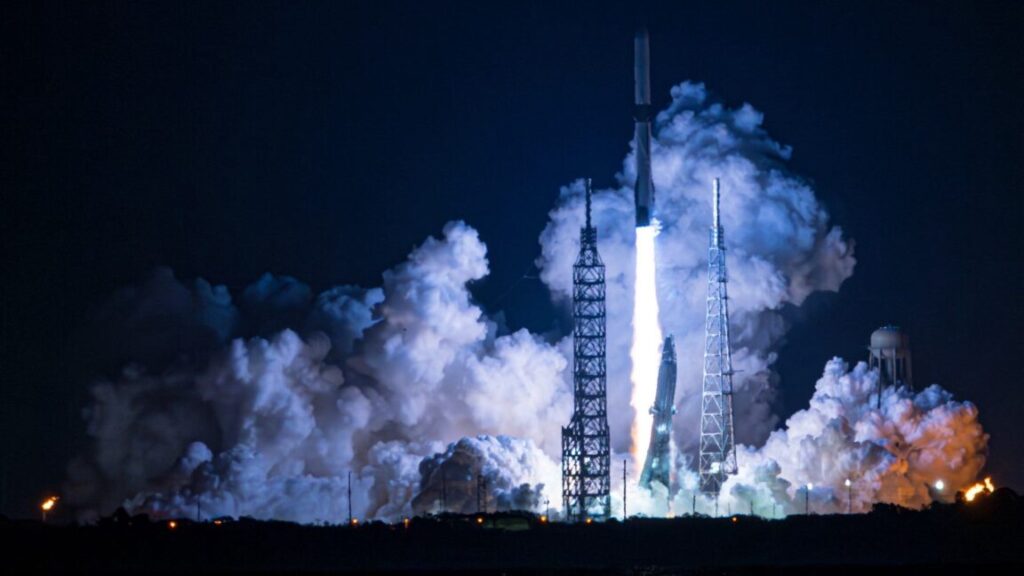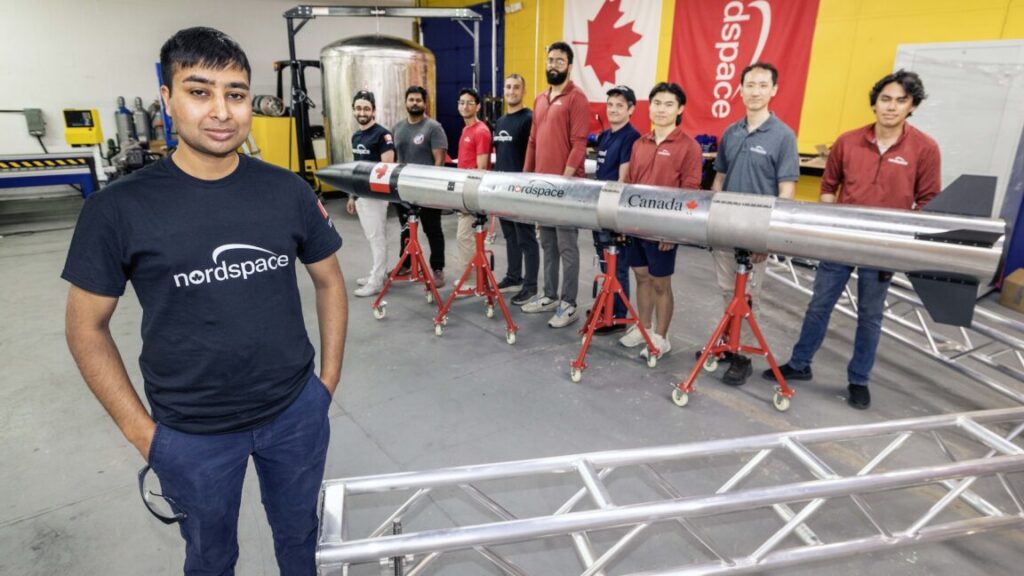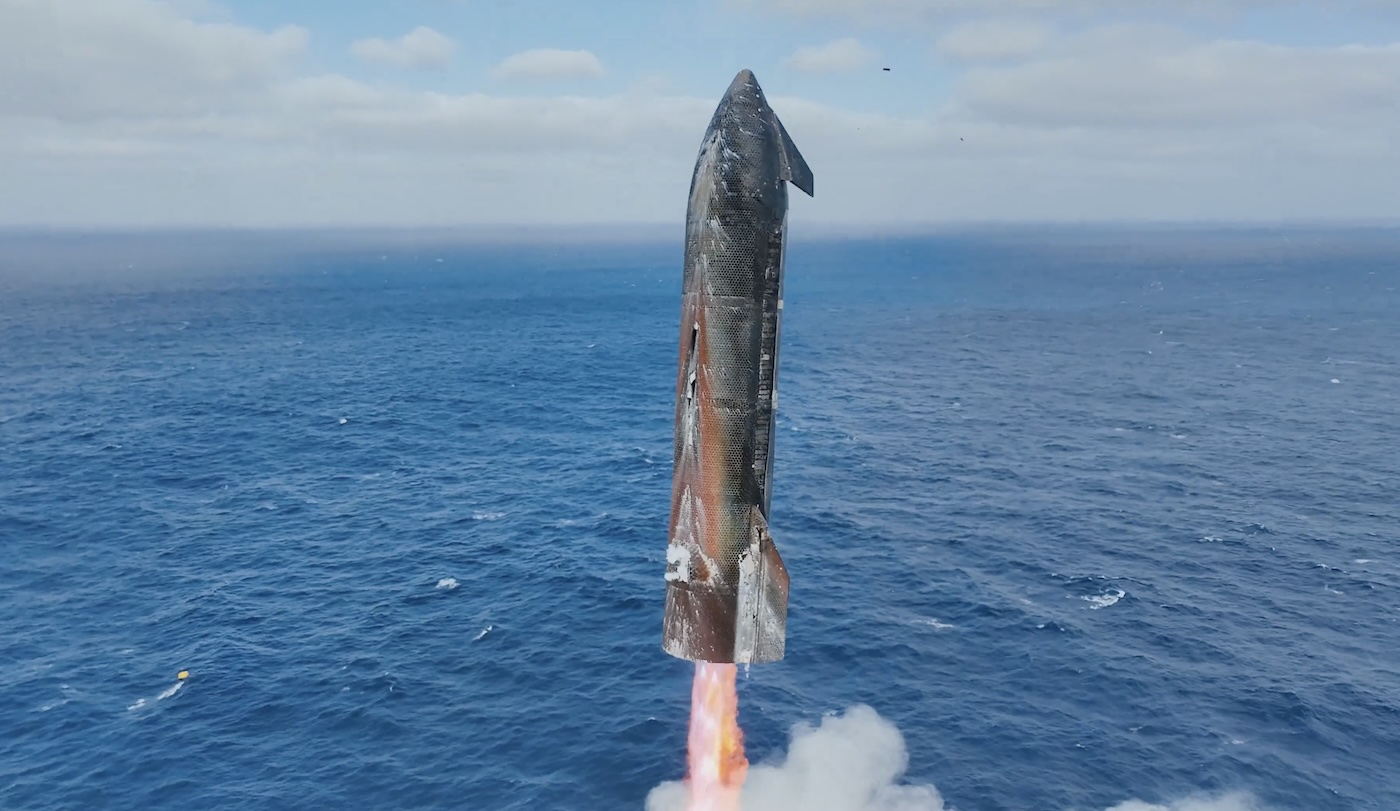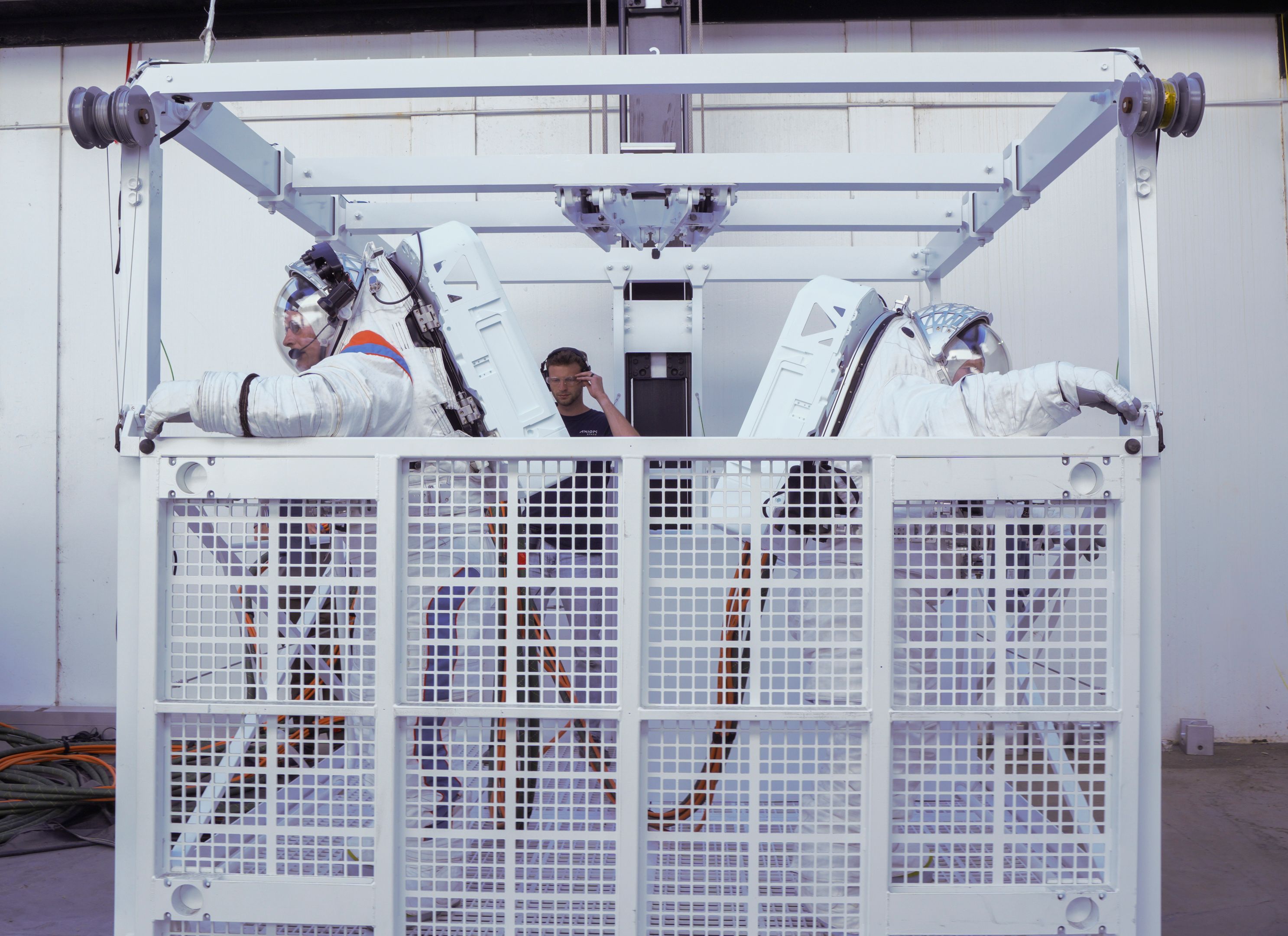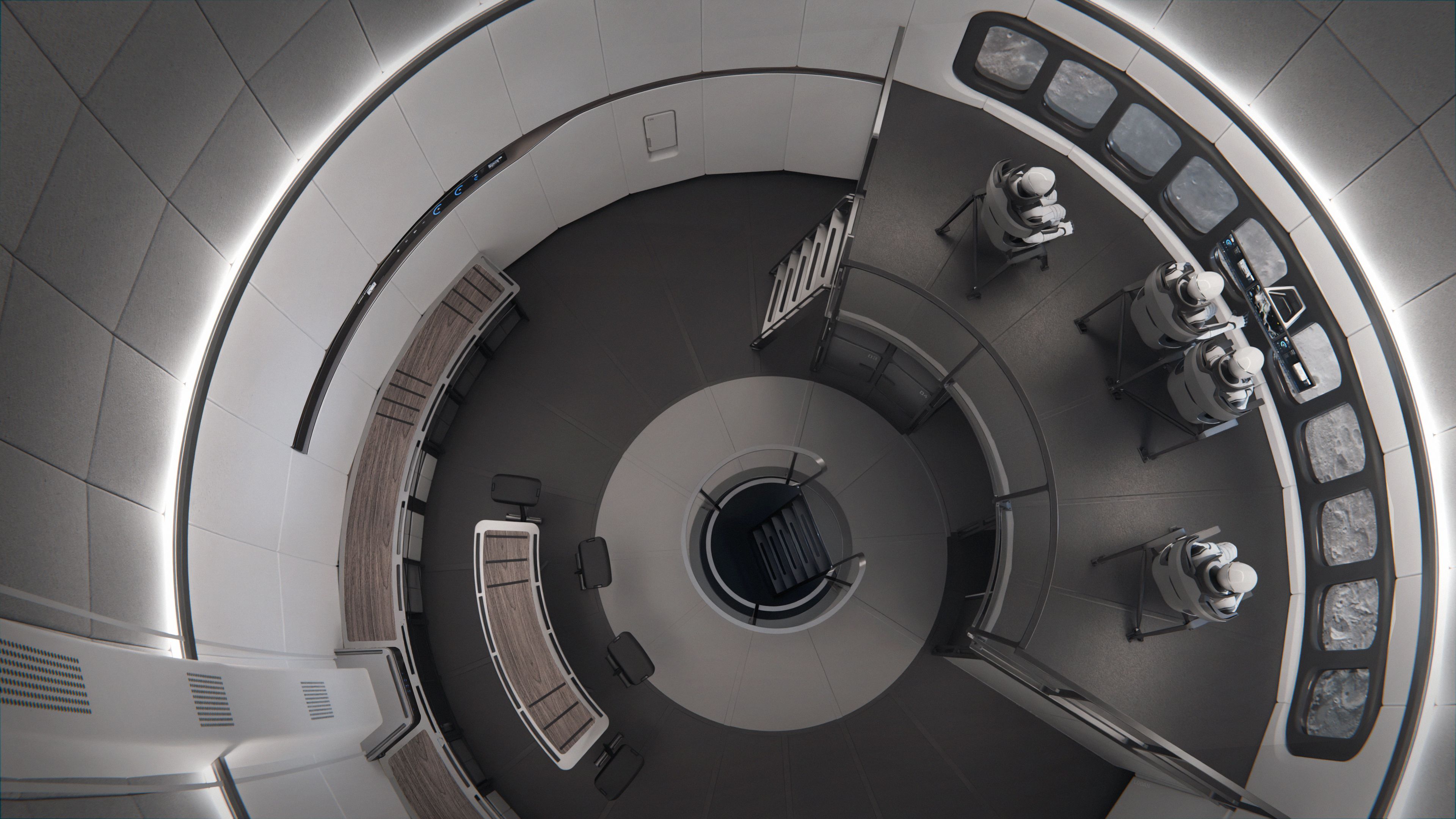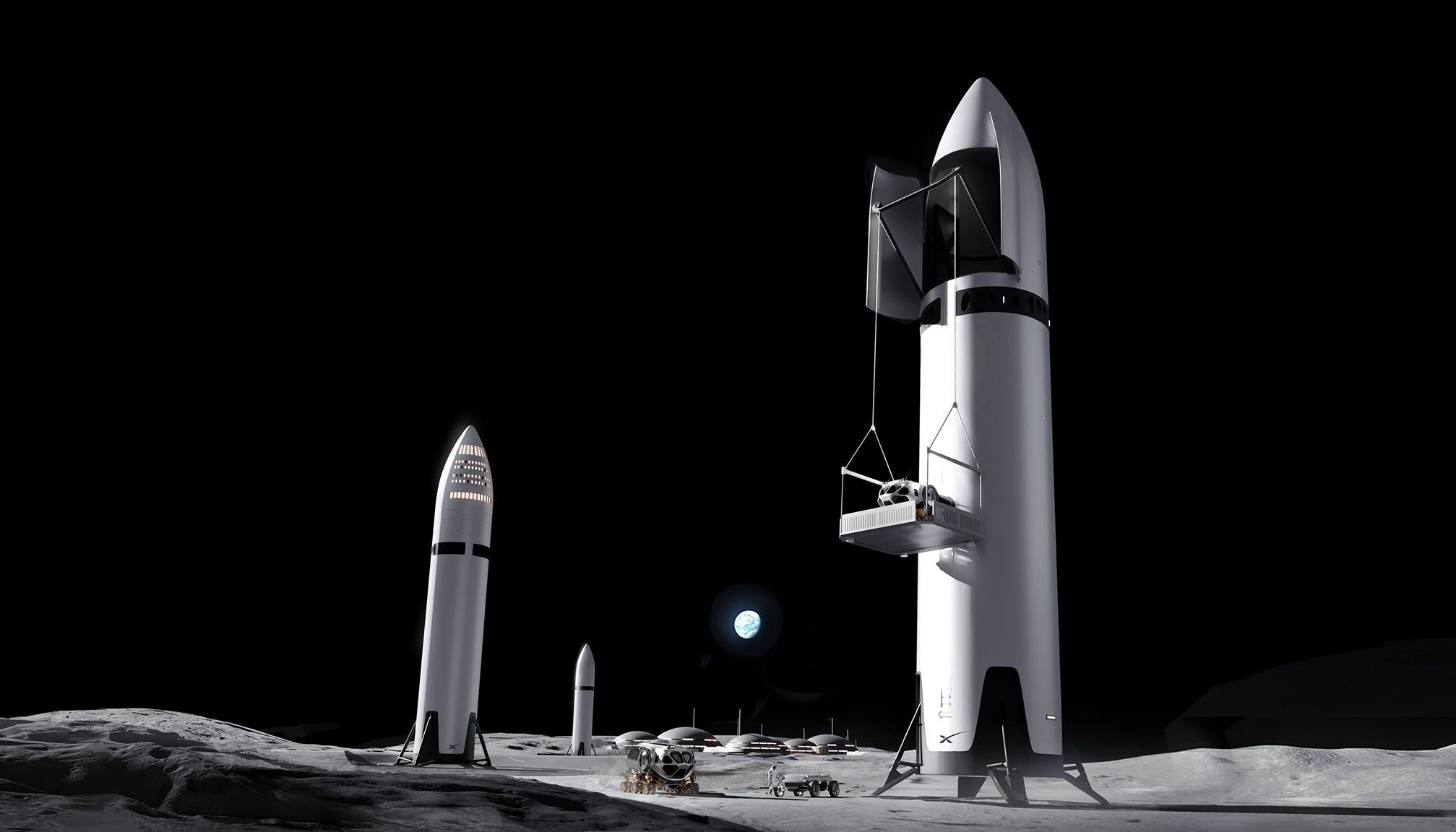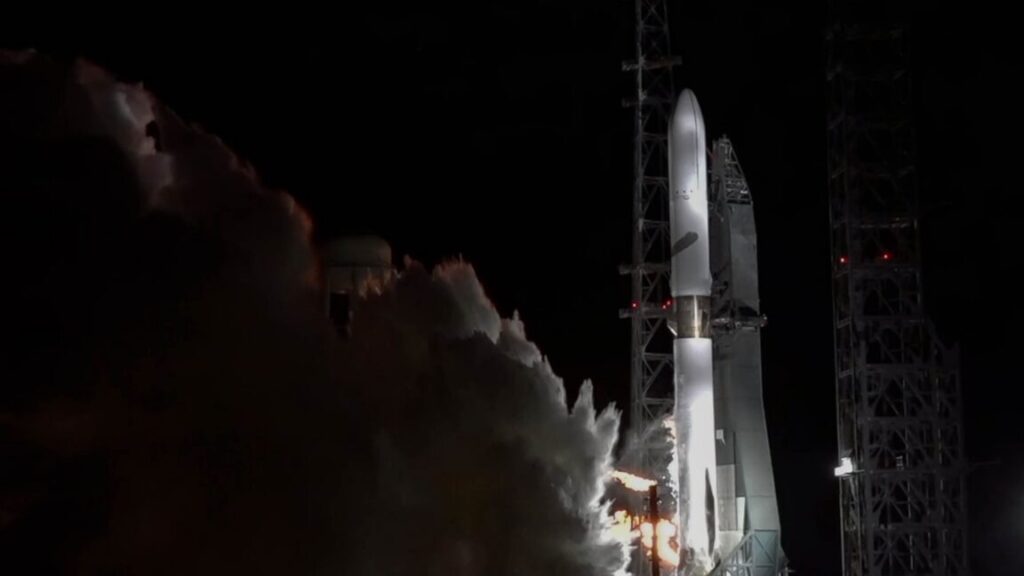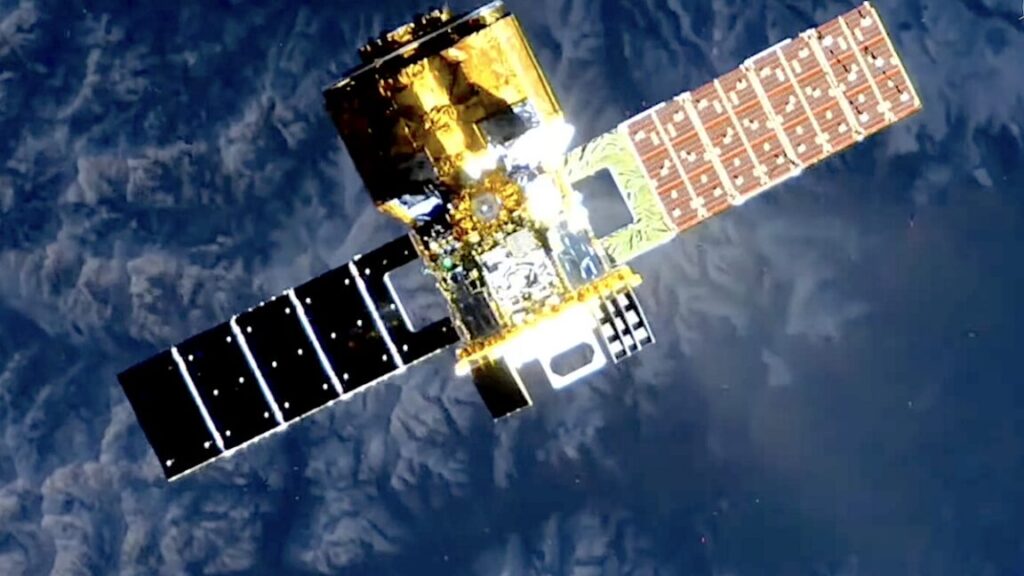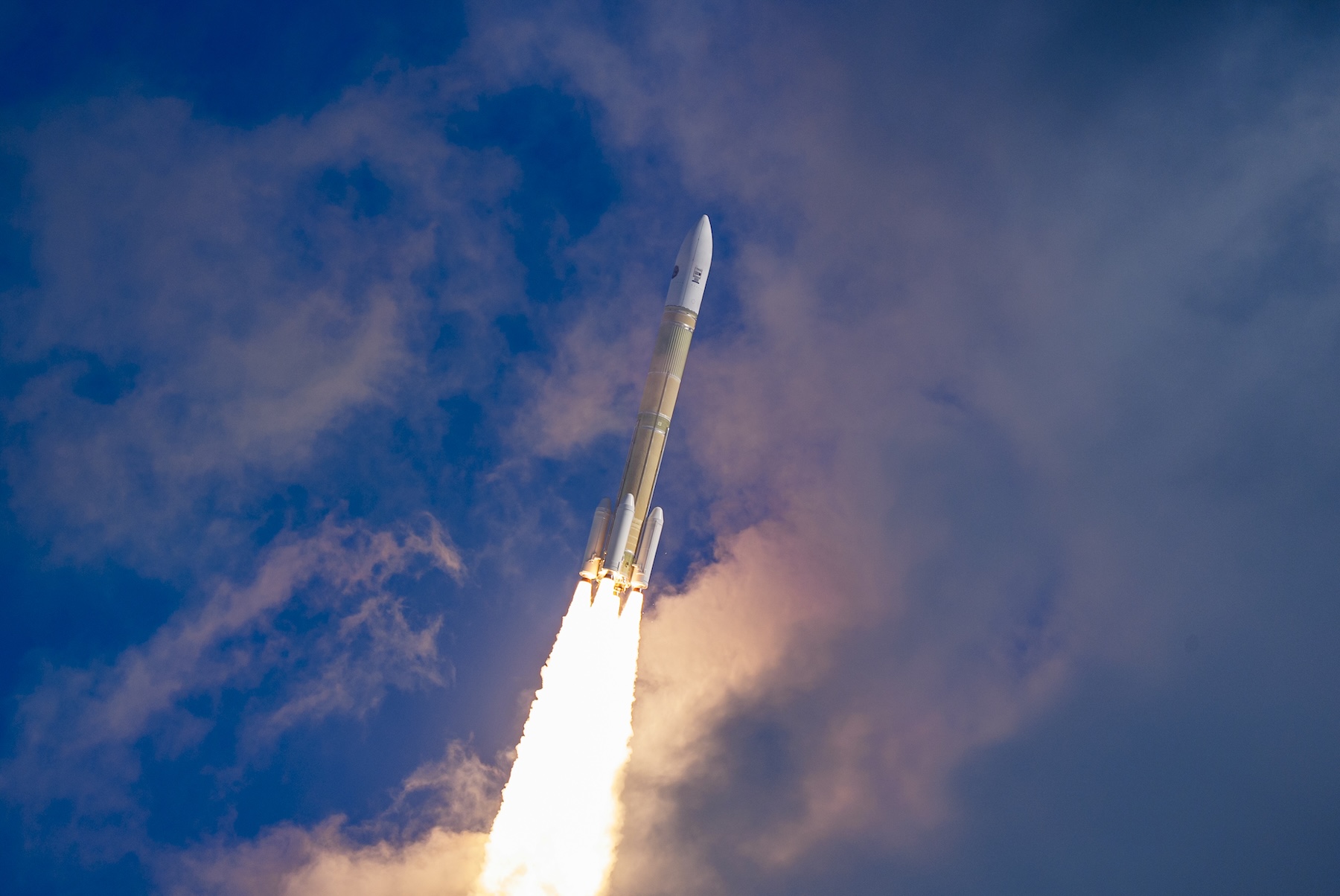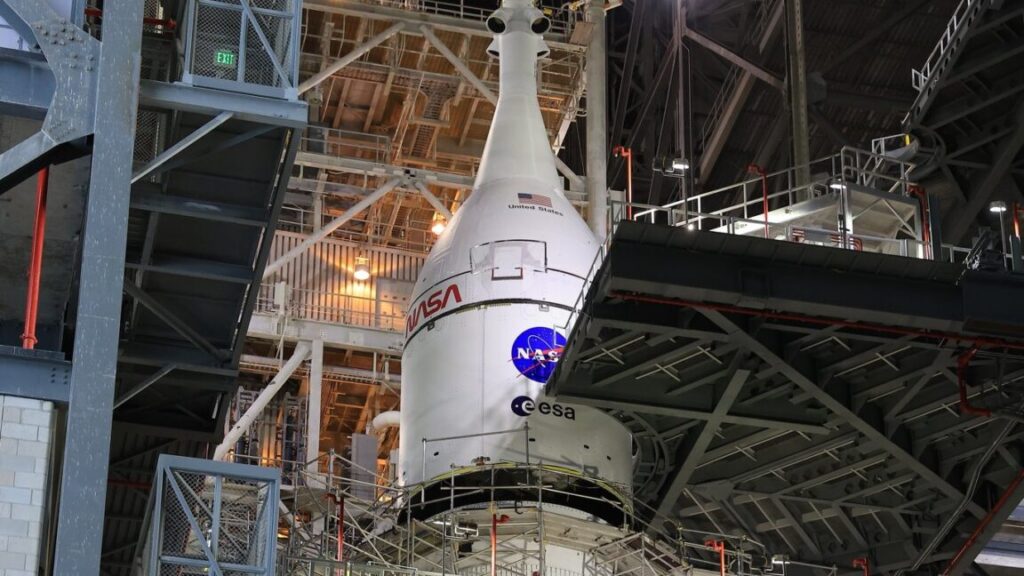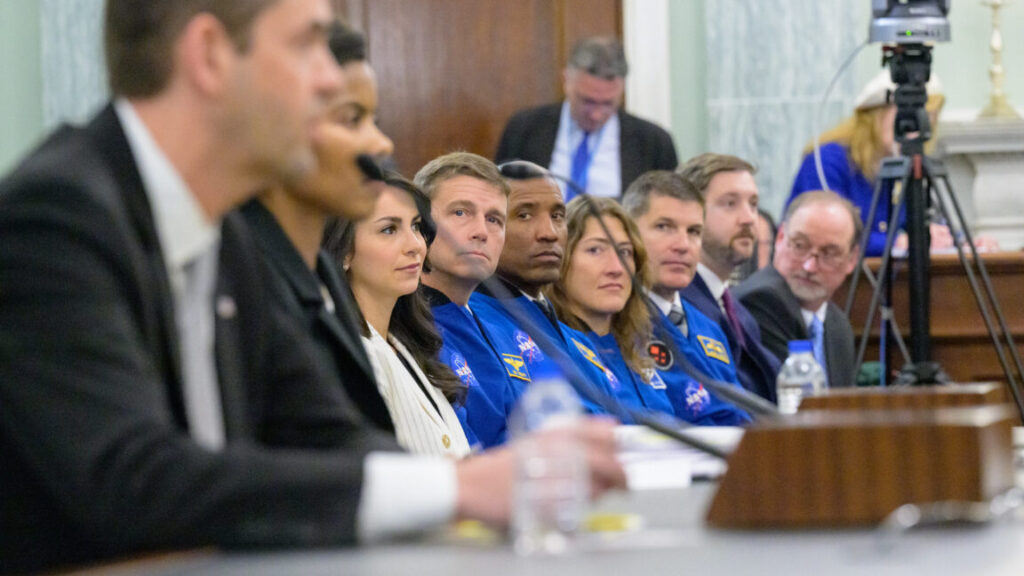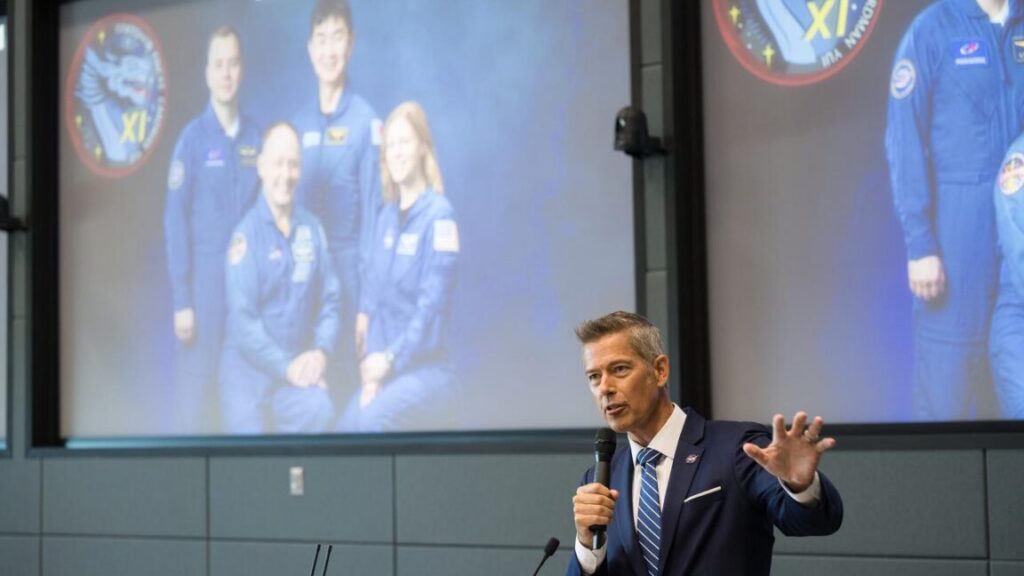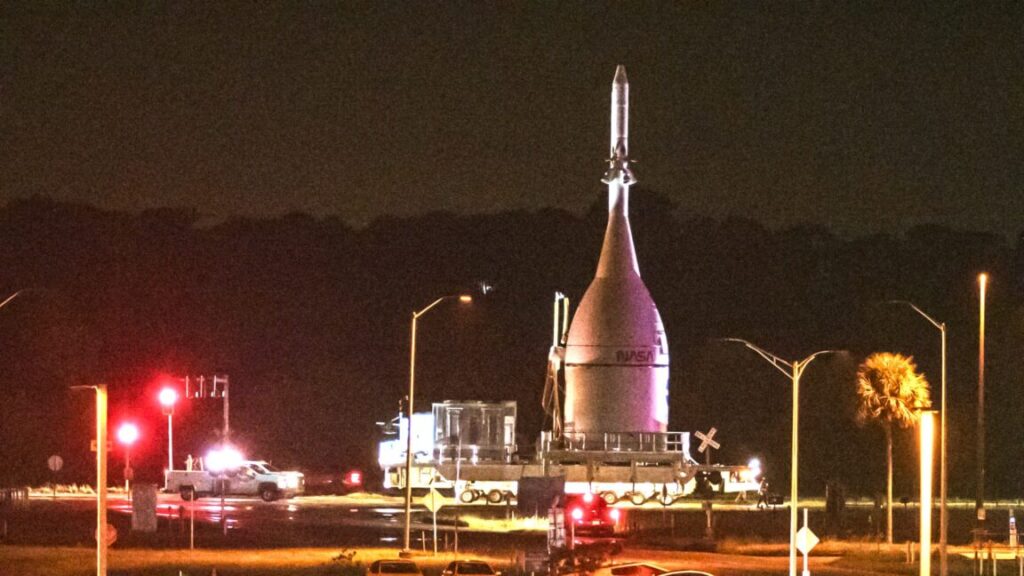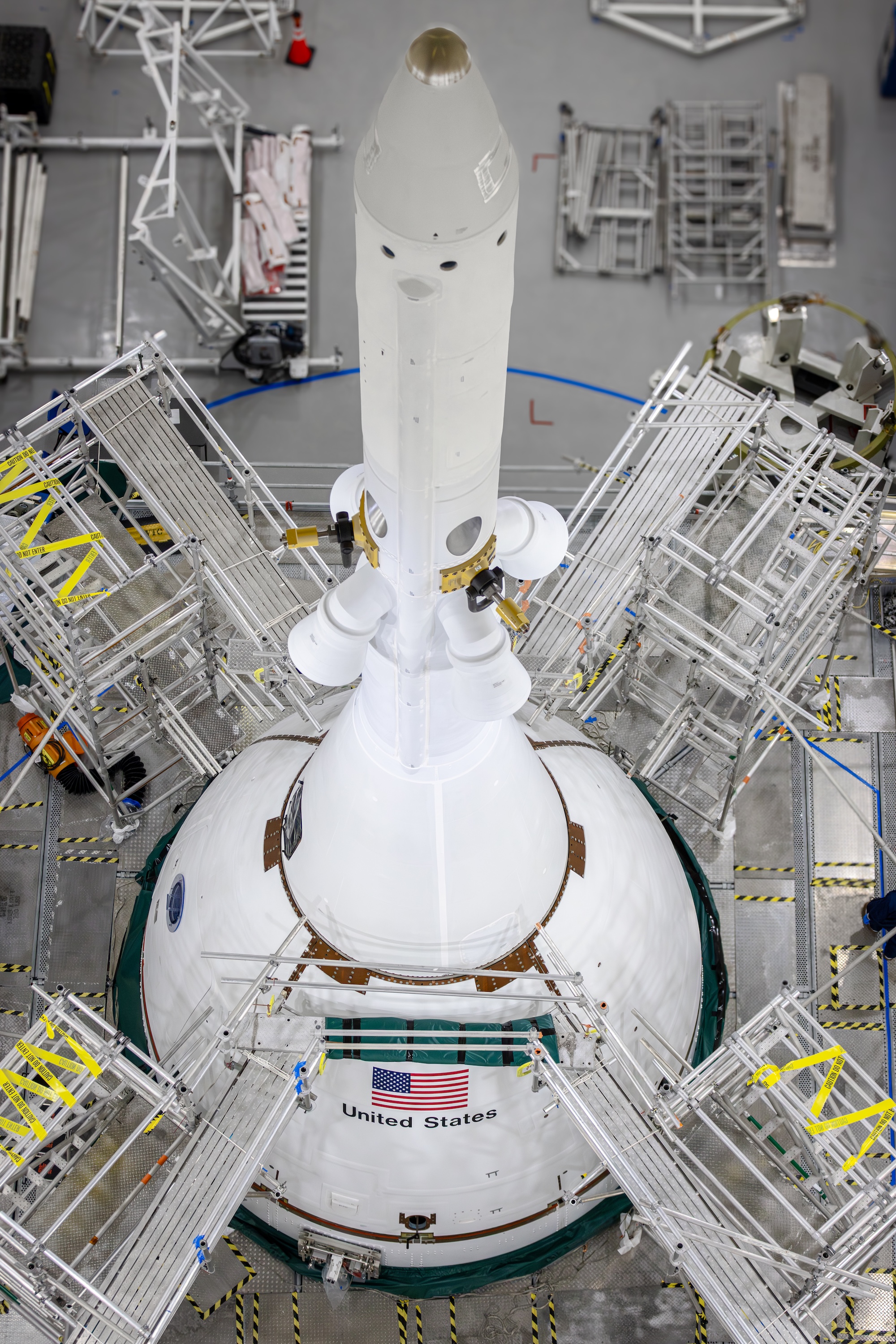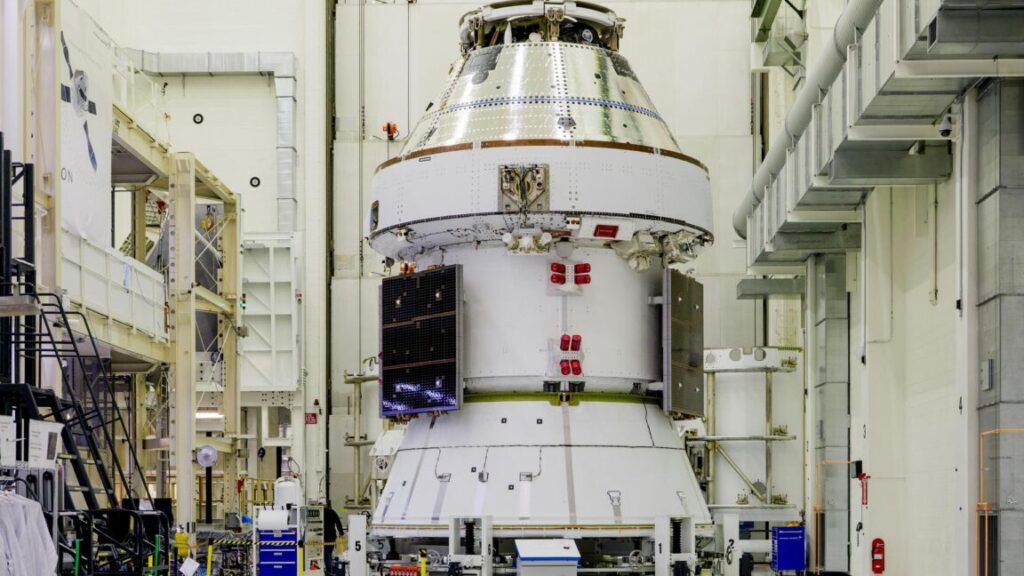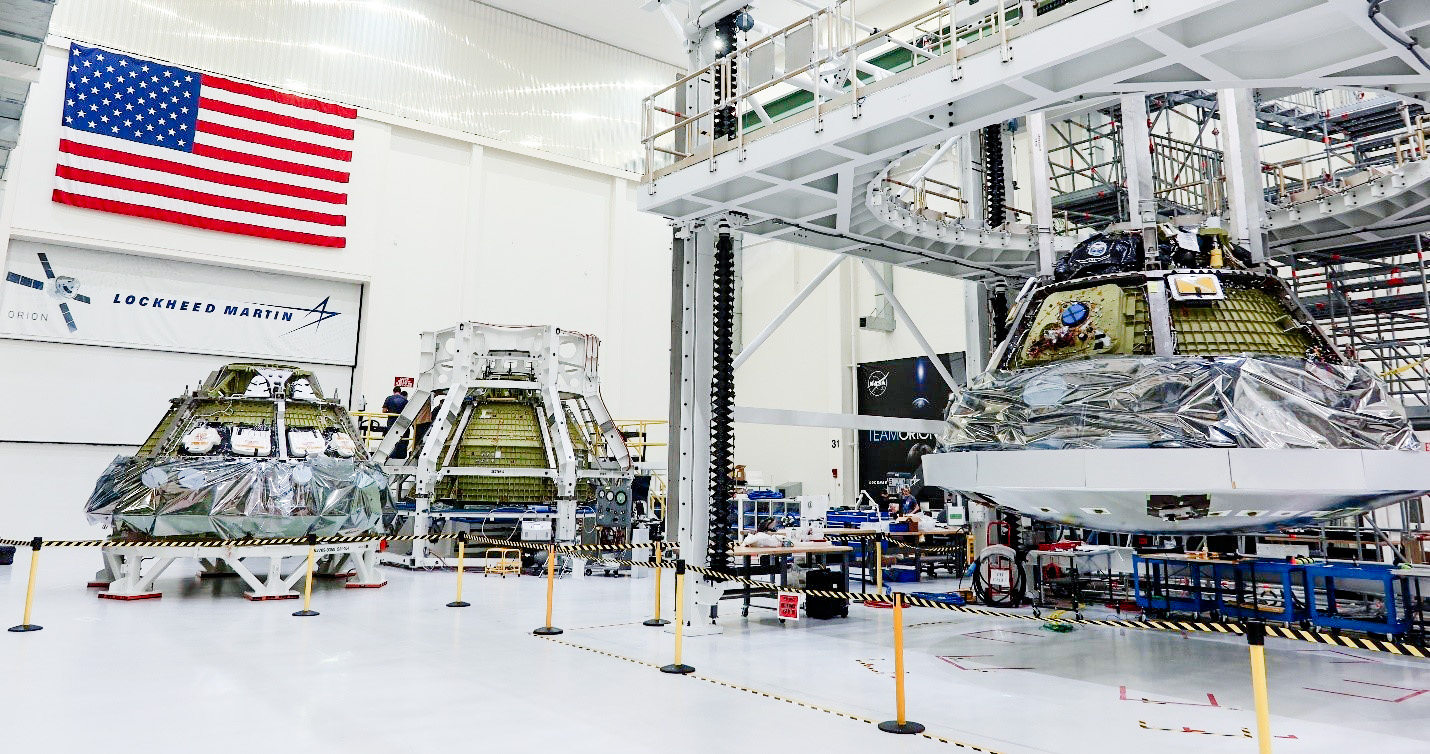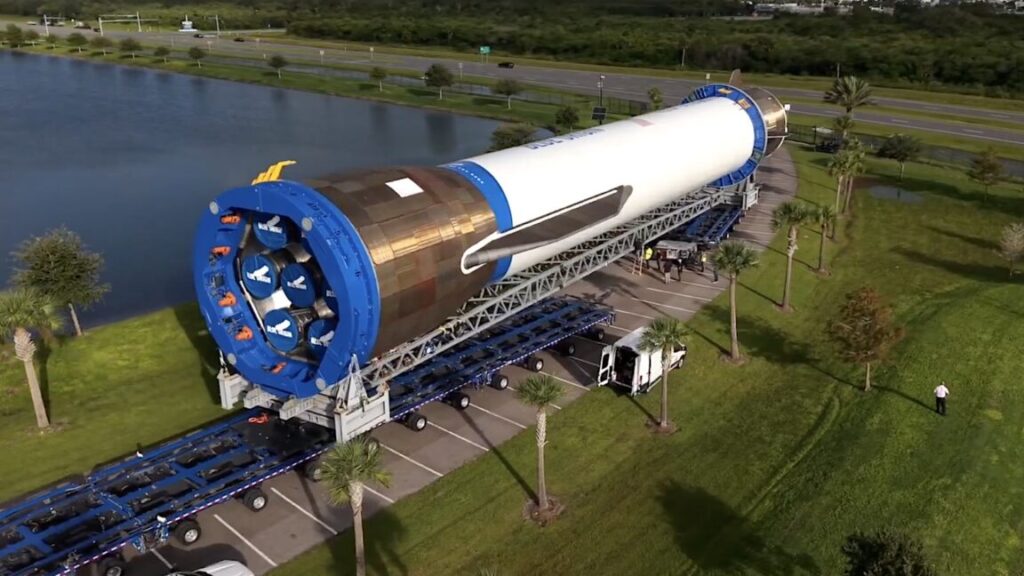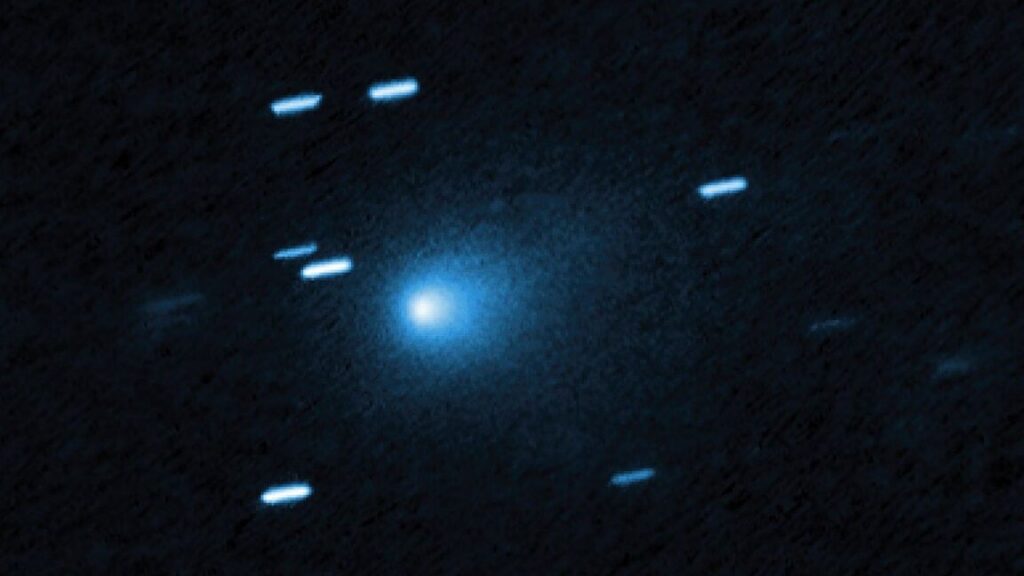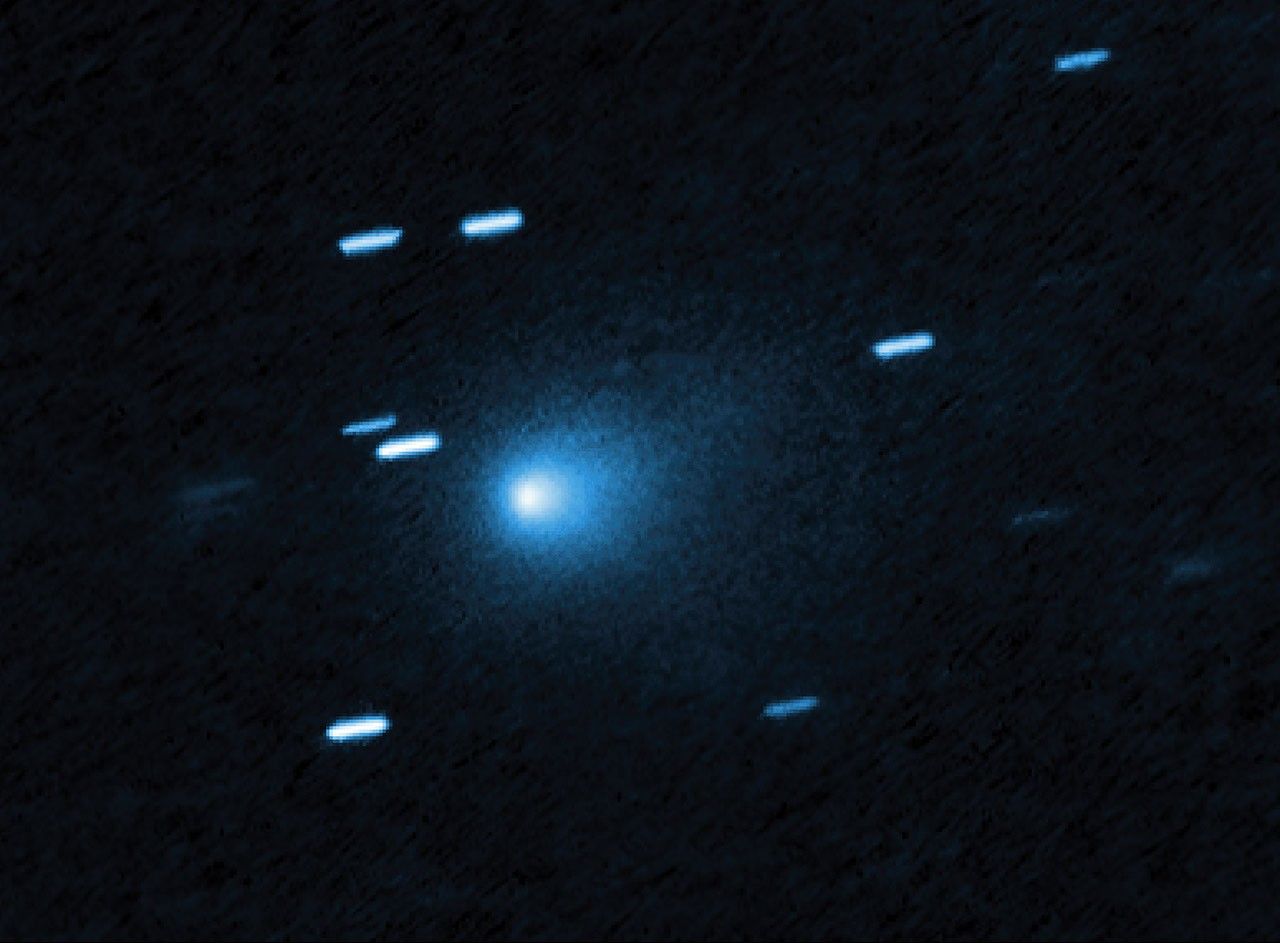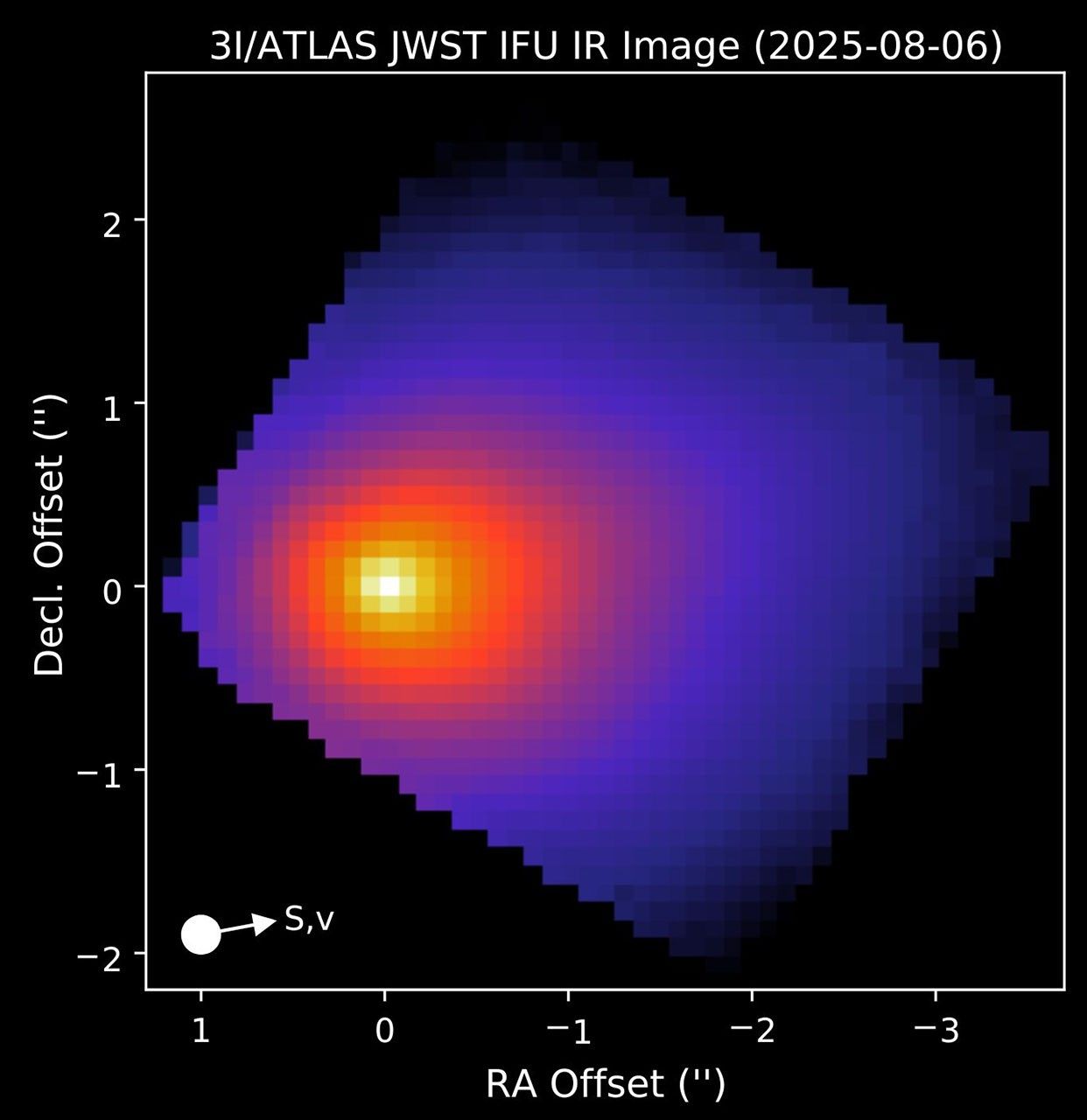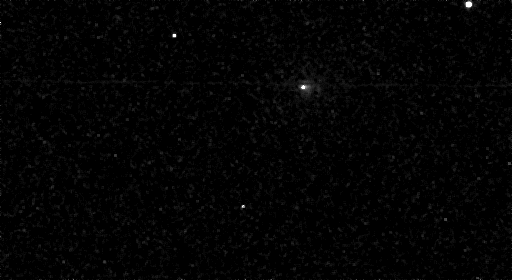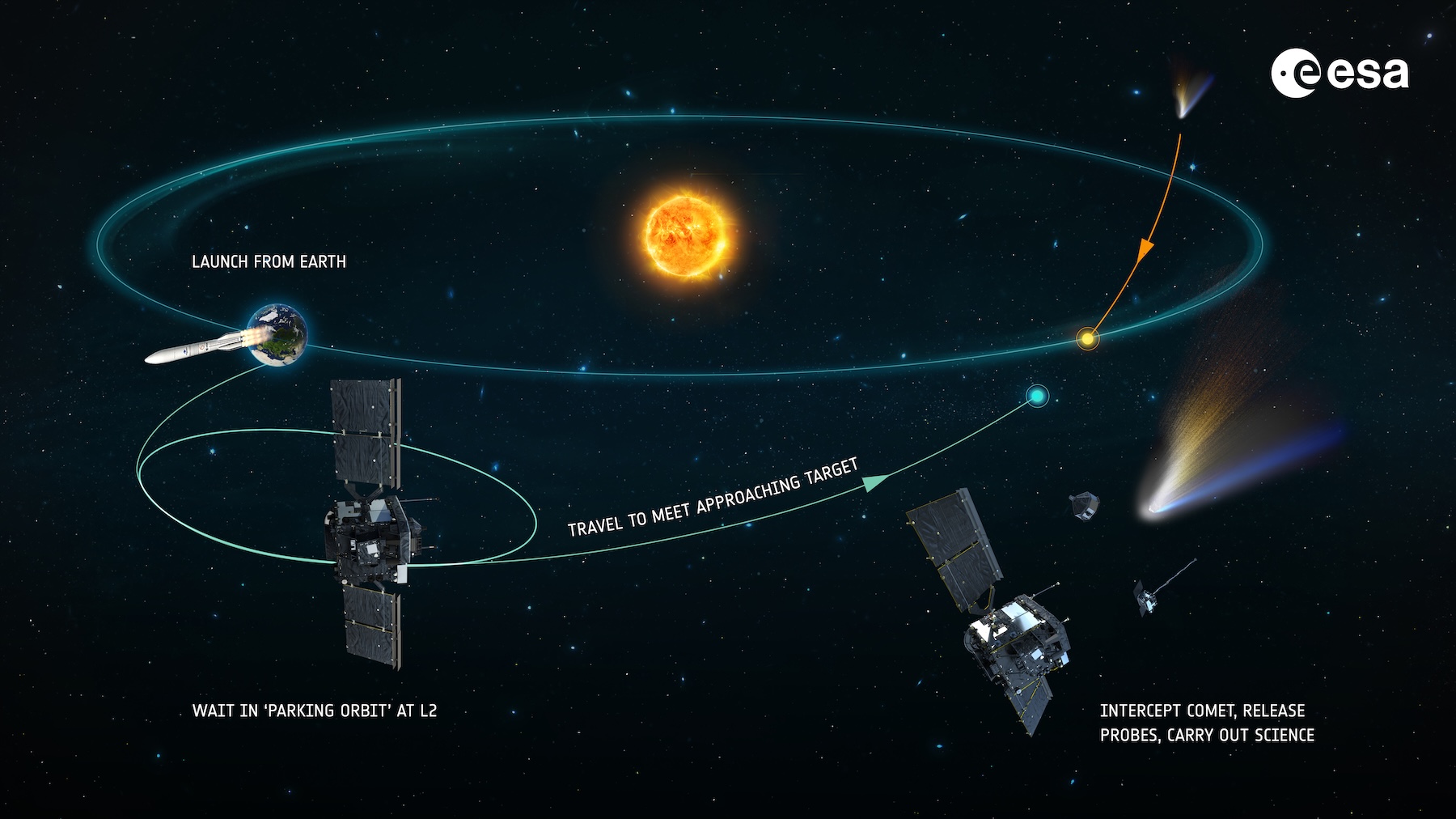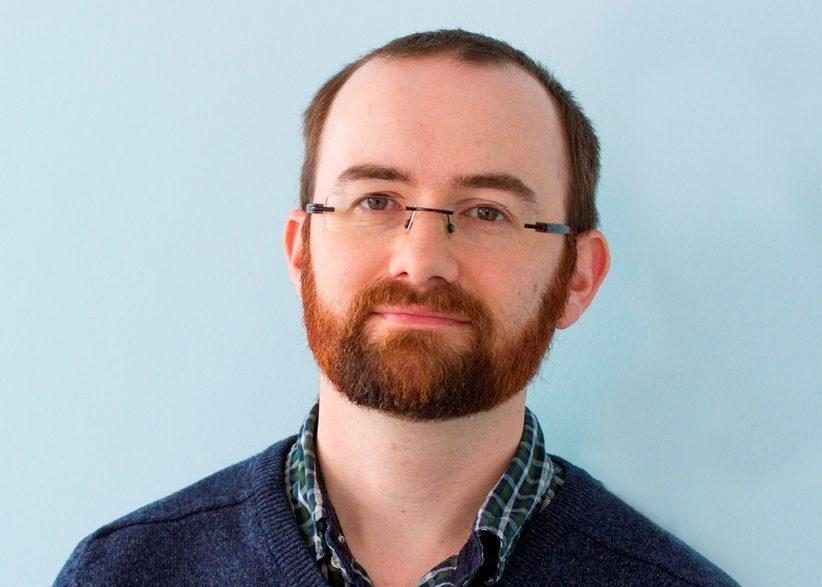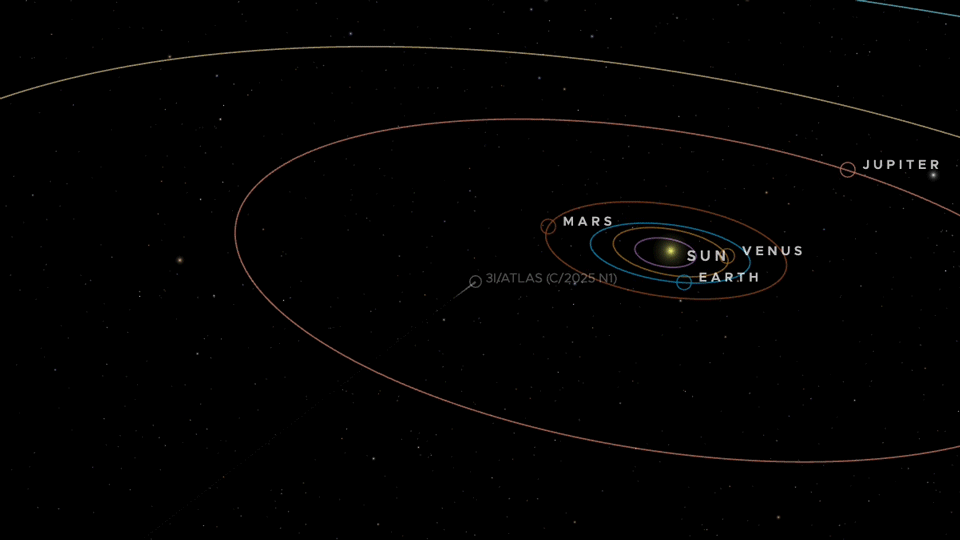Blue Origin will ‘move heaven and Earth’ to help NASA reach the Moon faster, CEO says
Blue Origin stands ready to help NASA achieve its goals with regard to landing humans on the Moon as soon as possible, the company’s chief executive said Saturday in an interview with Ars.
“We just want to help the US get to the Moon,” said Dave Limp, CEO of the space company founded by Jeff Bezos. “If NASA wants to go quicker, we would move heaven and Earth, pun intended, to try to get to the Moon sooner. And I think we have some good ideas.”
Limp spoke on Saturday, about 24 hours ahead of the company’s second launch of the large New Glenn rocket. Carrying the ESCAPADE spacecraft for NASA, the mission has a launch window that opens at 2: 45 pm ET (19: 45 UTC) at Cape Canaveral Space Force Station in Florida, and runs for a little more than two hours.
NASA seeks a faster return
This year it has become increasingly apparent that, should NASA stick to its present plans for the Artemis III lunar landing mission, China is on course to beat the United States back to the Moon with humans. In recognition of this, about three weeks ago, NASA acting administrator Sean Duffy said the space agency was reopening the competition for a human lander.
SpaceX and Blue Origin both have existing contracts for human landers, but the government has asked each providers for an option to accelerate their timeline. NASA currently has a target landing date of 2027, but that is unrealistic using the present approach of SpaceX’s Starship or Blue Origin’s large Mk. 2 lander.
Ars exclusively reported in early October that Blue Origin had begun work on a faster architecture, involving multiple versions of its Mk. 1 cargo lander as well as a modified version of this vehicle tentatively called Mk 1.5. Limp said that after Duffy asked for revised proposals, Blue Origin responded almost immediately.
“We’ve sent our initial summary of that over, and we have a full report of that due here shortly,” he said. “I’m not going to go into the details because I think that’s probably for NASA to talk about, not us, but we have some ideas that we think could accelerate the path to the Moon. And I hope NASA takes a close look.”
Blue Origin will ‘move heaven and Earth’ to help NASA reach the Moon faster, CEO says Read More »
